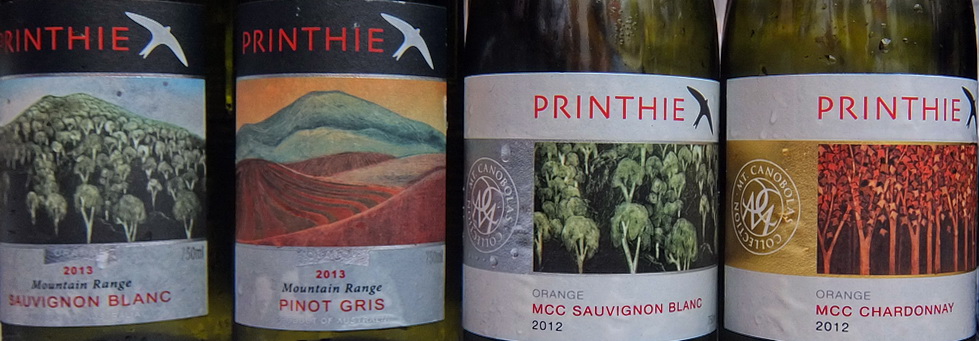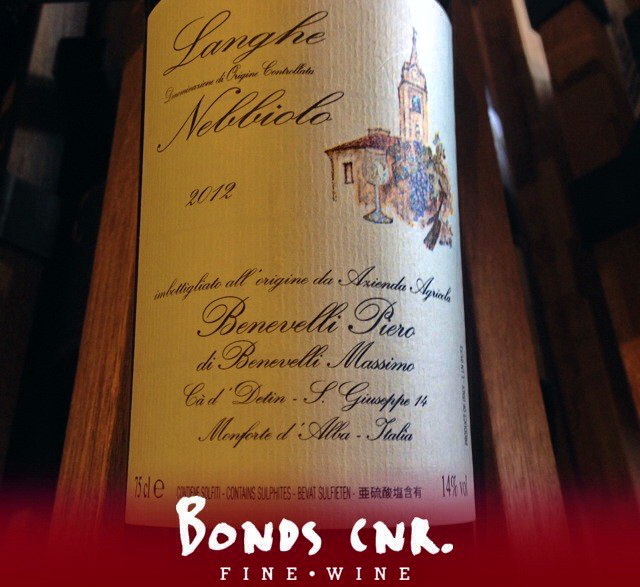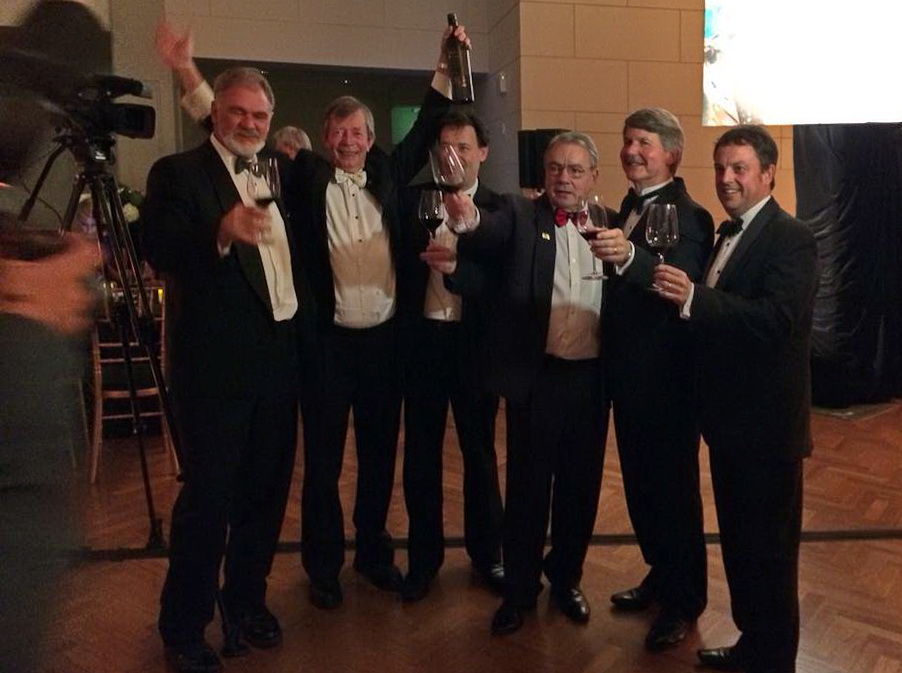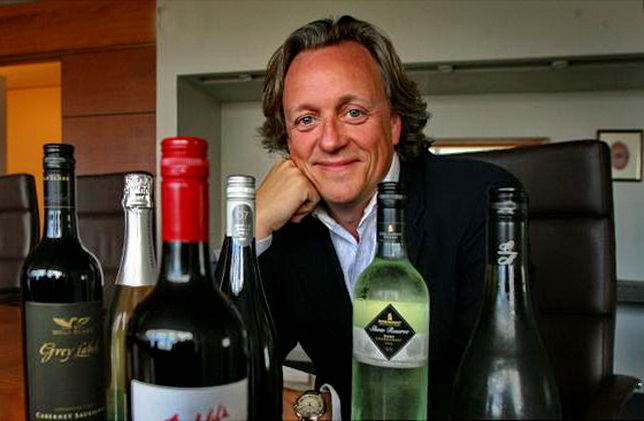By guest contributor and industry veteran Brian Miller
‘It’s a turn-around jump shot,
It’s everybody jump start,
It’s every generation throws
A hero up the pop chart … ‘
Paul Simon, The Boy In The Bubble
A leading sommelier wrote: ‘[This] might be seen as self-indulgent – and probably quite rightly – however, I’m trying to convey that these producers are not trendy in my eyes – simply, they are my friends and they are making fantastic wines that I’m proud to stock and serve.’
The wine world has not changed all that much – only some of the names, labels, closures and beards. It’s not only big wine companies that sommeliers spurn, it’s any established, familiar brands, styles or companies, however venerable.
A generation or so ago, renowned restaurants wanted the then new radicals on their wine lists – Cloudy Bay, Cullen, Petaluma, Rockford. A Penfolds restaurant rep at that time complained that she couldn’t get any wines from her premium portfolio on to restaurant wine lists except for Grange.
To circumvent this trend, big companies bought out small ones – Coldstream, St Hallett, Yarra Burn – or invented their own discrete “boutique” labels – Annie’s Lane, Robertson’s Well, Pepperjack.
In another generation today’s funky, feral breed of wines will be gone, forgotten, bought out or successful, mainstream and old news. Future wine bars will disdain them for the latest new thing – ultra-clinical Rkatsiteli from Ningxia self-served from dispensing machines and paid for via a surgically implanted silicon chip.
Meanwhile it may prove worthwhile for traditional wine companies to allow their winemakers to experiment with some ‘natural’ styles. Small quantities, unconventional labels, sold young at cellar-door, with sommelier-friendly potential. Fermentation eggs and amphorae are already appearing at some most conservative companies.
The hyphenated CEO of a large-ish family wine company recently wryly commented, ‘Natural wine will die a natural death.’ He may be right, and I share his apprehension about quality challenges emerging in that segment, but in the meantime a generation is a long time to wait for exoneration.
I suggested to a winemaker in transition that he not rip out his newly acquired chardonnay wines just yet but consider making something different from them, perhaps with skin-contact, not orange (please) but at least “textured”.
He replied, ‘I’m already working on it.’
More on this subject in our post The Retail and Restaurant Disconnect





